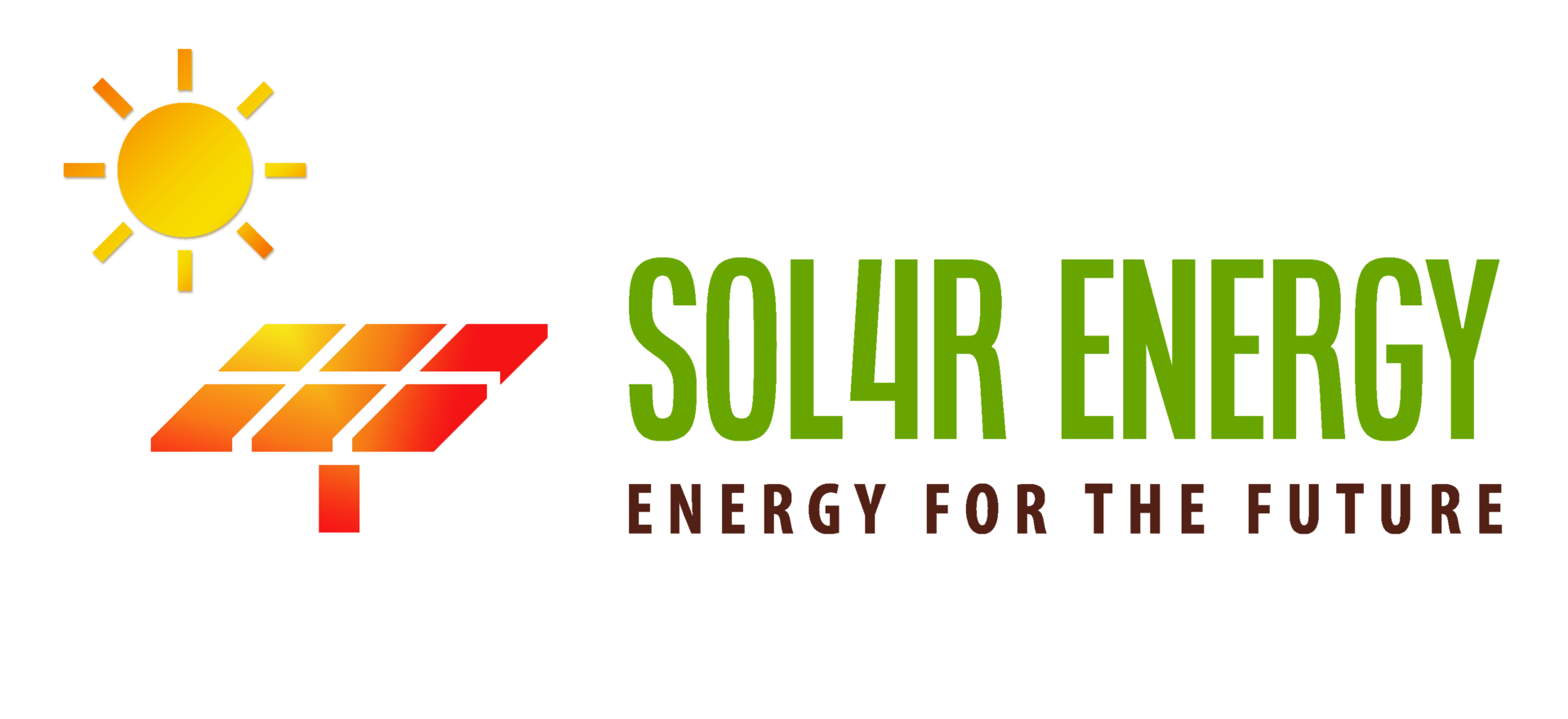GUIDE TO GOING SOLAR
The Comprehensive Guide to Going Solar: A Step-by-Step Process for a Seamless Transition
A STEP-BY-STEP PROCESS FOR A SEAMLESS TRANSITION TO SOLAR ENERGY
As advocates of renewable energy, we are dedicated to providing you with a seamless and hassle-free experience throughout the entire process of going solar. Our goal is to provide you with all the essential information and insights you need to make informed decisions and understand the key aspects of solar installation. Additionally, we aim to help you grasp the impact solar energy will have on your home’s energy efficiency and your wallet.
Throughout this guide, we will cover everything from the first point of contact to the moment you flip the switch on your solar system.

Initial Enquiry
The journey begins with your initial enquiry. Get in touch with us through our website or contact details to express your interest in going solar. Our friendly customer support team will be happy to answer your questions and provide you with all the necessary information.
On-Site Property Survey
Once we receive your enquiry, our team of experts will schedule an on-site property survey. During this visit, our qualified project managers will assess your property’s solar potential, shading analysis, and energy consumption patterns. This crucial step allows us to design a tailored solar system that maximises energy production.
Detailed Proposal
After the on-site survey, we’ll prepare a detailed proposal that includes a custom roof design for your solar system. The proposal will outline the total cost of the installation, expected energy production, and estimated payback period, providing you with a clear understanding of the benefits of going solar.
Contract Signing and Deposit
Upon accepting the proposal, we’ll proceed to the contract signing stage. As per HIES guidelines, a 25% deposit is required at this point to secure your installation slot. Rest assured that the deposit is well within industry standards and guarantees a smooth process.
Permits and Approvals
We understand the complexities of solar installations, including permit requirements and DNO notifications. Our team will handle all the paperwork and liaise with relevant authorities to ensure a hassle-free approval process.
Installation and Commissioning
Prior to the installation day, scaffolding will be arranged at your property. On the day of installation, our experienced in-house team will set up your solar system, ensuring it meets the highest standards of quality and safety. The process typically takes one to two days, depending on the size and complexity of the system. Upon completion of the setup, our qualified electrician will inspect the system to ensure it is installed correctly and functioning as expected. They will then connect the system to the electrical grid and turn it on, ensuring optimal performance and safety.
Testing
On the day of installation, once the system is fully connected and operational, our team will guide you through the process of downloading relevant apps and provide a comprehensive explanation of how everything works.
Remaining Payment and System Monitoring
Upon completion of the installation and successful testing, you’ll be required to make the remaining payment. We’ll also monitor your solar system’s performance over the next few days to ensure everything is functioning as expected.
Certificates and Handover Pack
We’ll issue the necessary certificates, including MCS, HIES, and Napit, along with comprehensive warranties. You’ll also receive a handover pack containing essential system information for your reference.
Customer Support and After-Sales Service
Our commitment to your satisfaction extends beyond the installation. We are always available to address any questions or concerns you may have, providing reliable customer support throughout your solar journey. Our installation services include a 5-year annual maintenance plan and a 2-year workmanship warranty for your peace of mind.
POWERING YOUR SOLAR PANEL INSTALLATION

NATIONAL GRID

